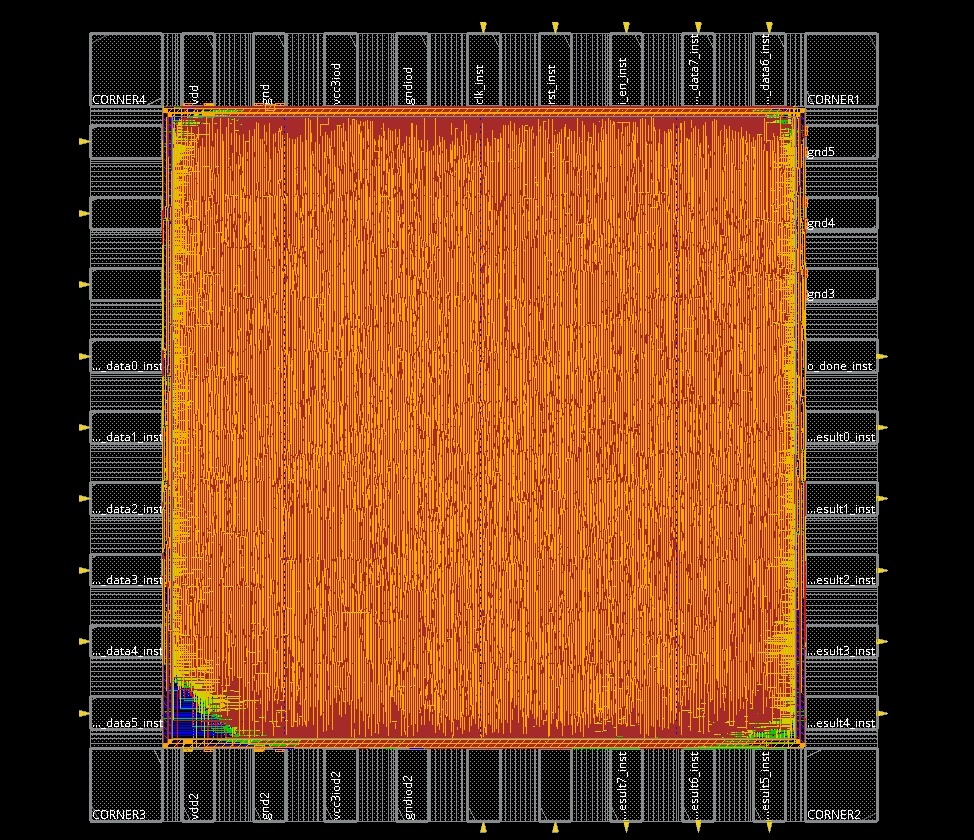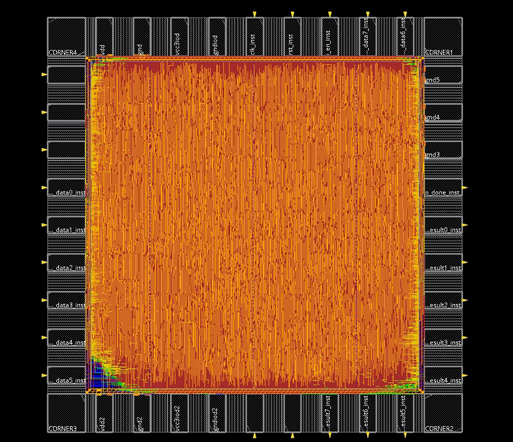Currently, Edge Computing (EC) plays a crucial role in our increasingly digitized and interconnected society. It allows for data processing and analysis to occur closer to where it’s collected in the real world. This leads to greater efficiency, enhanced security, and improved responsiveness in applications related to pattern recognition, such as computer vision and audio signal processing. When it comes to processing data using Artificial Intelligence (AI), there are two different strategies. The first involves sending data from an edge device to the cloud for AI processing. However, this approach requires a strong data connection and ample bandwidth for sending and receiving data. This can be challenging, especially in cases like image recognition, which demands a substantial amount of bandwidth. Additionally, edge devices need significant computational power to handle large quantities of data at once, resulting in extended processing times and high associated energy consumption. The second strategy entails performing the data processing directly on the edge device itself. This involves implementing a neural network in edge computing devices, which reduces computational costs and energy consumption while maintaining performance.
In this context, researchers at the University of les Illes Balears (UIB) have developed an artificial intelligence-based hardware system. Specifically, they have created chips with integrated on-chip training that are efficient in terms of energy usage and operational speed. These chips have various potential applications but are particularly valuable in image and sound processing. Also, the incorporation of integrated on-chip training is used for audio-AI pre-processing and for the configuration of Reservoir Computing systems.

The described strategies are protected by a patent application. Additionally, the researchers are currently working on a demonstrator of the technologies for audio signal processing applications.
These innovative technologies provide many benefits:
- Since data processing occurs on-site, information can be received more rapidly, eliminating the need for extensive data travel and ultimately shortening response times.
- Consequently, the shortened response times contribute to higher energy efficiency.
- The on-chip training method enables cost reduction compared to cloud-based approaches, for instance.
The represented institution is looking for a collaboration that leads to commercial exploitation of the presented invention.
Institution: Universitat de les Illes Balears
TRL: 5-6
Protection status: Patent Application
Contact: Nuria Bas / nuria@viromii.com

